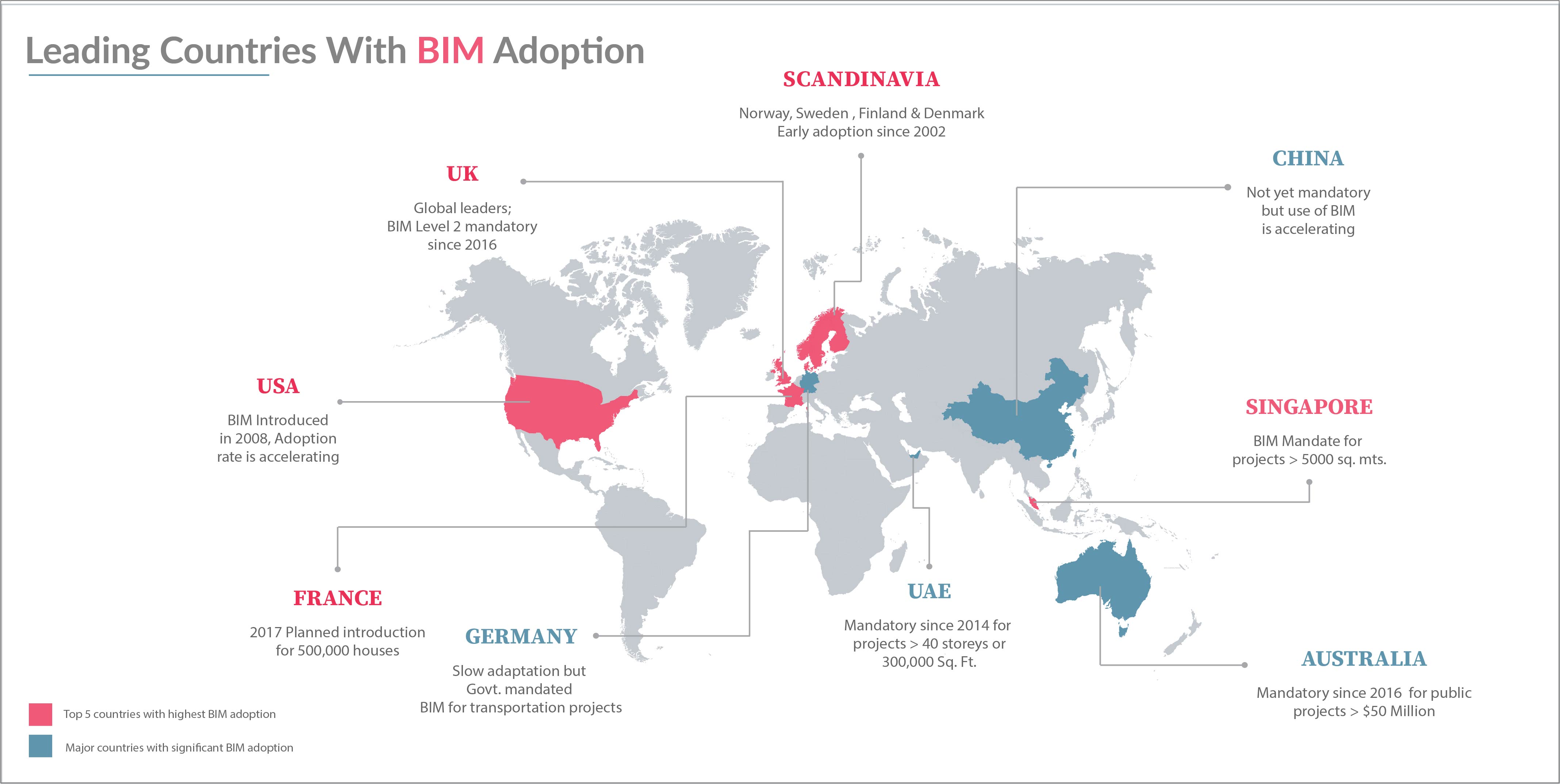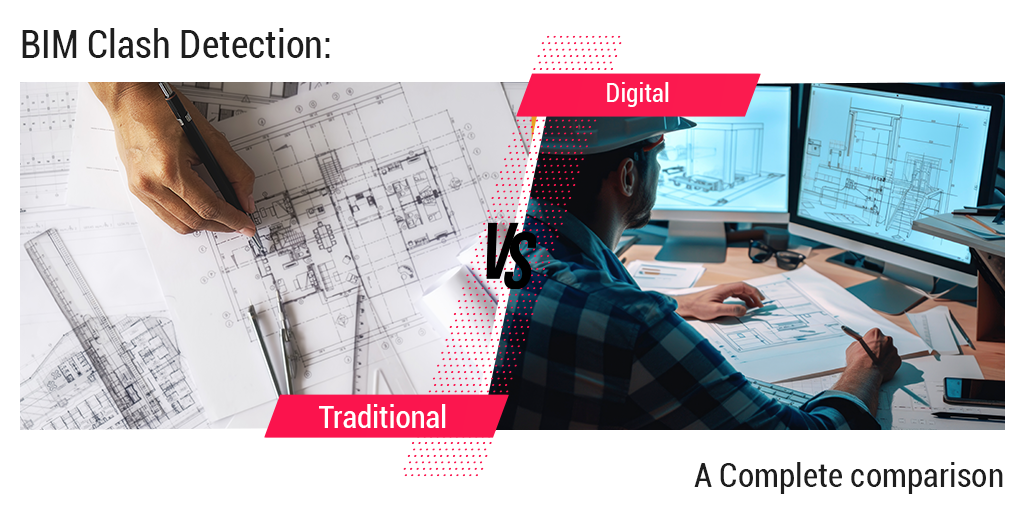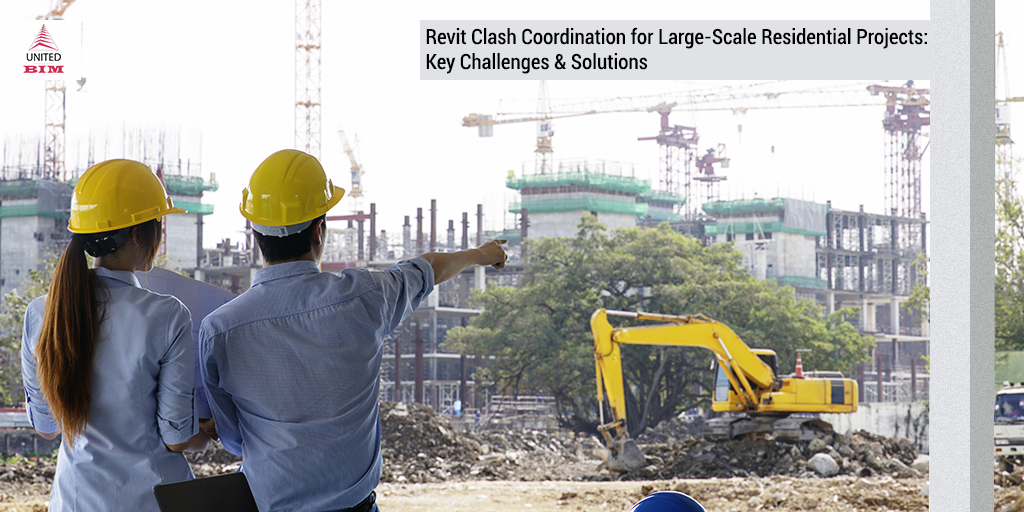Last updated on: January 2, 2025
The world around us is becoming technologically advanced every day. With increasing urbanization and smart cities gaining momentum, all the major countries around the globe have started paying attention to the adoption of BIM. Adoption of BIM can help the country create a strong foundation on the infrastructure side, making it set an example to others.
Let’s understand how different countries across the globe are progressing in BIM adoption.
1. United Kingdom
With government support, the UK has radically adopted a BIM strategy that has glorified the global image of UK designers, contractors, and other professionals. In April 2016, government-mandated BIM Level 2 on all the public projects. UK’s construction industry is one of the most technologically advanced and digitized industries in the world. After the initiative taken by the government, reports have shown that 20 percent of the industry has adopted it successfully and has gained a 12% increase since 2017.
Read more about it in detail from our blog: BIM Mandatory in UK High Rise Residential Projects: Implications for Builders & Designers

Don’t have the time to read the whole blog, no worries you can download it and read it at your convenient time.
2. United States
BIM was initially utilized and successfully implemented in the 1990s all around the world. The United States were the pioneers to get their hands-on BIM development and adoption in the 1970s in the construction industry. BIM isn’t mandated across all the states yet, but it is expected to grow significantly. Wisconsin state implemented and made it mandatory to implement BIM for public projects if equal or above the total budget of $5 million. But it is only in the last three years the adoption of BIM has escalated. The implementation process of digitalizing the construction industry in the US has been slow, and it is because it is in the experimental form. Long term solutions and improvements are still under process.
We are a BIM Services Provider in USA. Please feel free to reach out to us via call at +1(860) 317-705 or drop us an email at info@united-bim.com
3. France
France is on the roadmap to digitalize its construction sector, and it has also developed BIM standards for infrastructure project works. In 2014, they initiated by developing 500,000 houses using BIM. They have also allocated funds of around Euros 20 million to enhance the construction industry digitally fully. In the future, implementation of BIM will be mandatory in public projects. Their initiative of the Digital Transition Plan aims at achieving sustainability and optimization of costs. The application will result in the steady growth of the economy by adding value benefits such as environmentally, socially, and safeguarding SMEs.
If you are thinking about implementing BIM, we would be glad to discuss it with you! Click here to send us an E-mail now!
Or you can call us at –(860) 317-7105
Scandinavian Region
Norway, Denmark, Finland, and Sweden were the first ones to get their hands-on BIM adoption. Mandates for public projects are in place in these countries. They are one of the global leaders in BIM adoption and implementation.
4. Finland
Finland implemented BIM technology in the year 2002. In 2007, Senate Properties, a significant government entity that is responsible for managing the country’s property assets, and they mandated IFC compliance and BIM models in all their projects. BIM implementation is highest in this country because, in 2007, 93% of architectural firms and 60% of engineering firms were using BIM in their routine.
5. Sweden
The government has facilitated the implementation and mandated the use of BIM in 2015. The level of adoption is high in Sweden. Before the government guidelines, Sweden had already published various guides to promote BIM by highlighting the best practices since 1991. In 2014, BIM Alliance Sweden took the initiative to bring together public and private players of the industry to develop the best practices of construction.
6. Denmark
With successful implementation, Denmark is fetching great results since 2000. In 2006, 50% of construction professionals were using BIM in their projects. The educational universities have taken the initiative to educated the students about the same. Even if we focus on government initiatives, they have also mandated BIM for all of their state clients like Defense Construction Services and Palace and Properties Agency in 2007. Looking at the private players in the construction field, they are also working on R&D for BIM adoption practices.
7. Norway
Statsbygg and Norwegian Homebuilders are two associations that are responsible for the construction, management, and development of all the public and government facilities. They have mandated the use of BIM for all of their projects in the year 2009 and require IFC compliant BIM models since 2010. Research organization SINTEF, HQ in Norway, has conducted a thorough R&D on BIM to enhance the construction and operations of the buildings and its sustainability.
8. Singapore
The construction authority of Singapore has implemented BIM on all the public projects since 2015. Singapore government has allocated a total fund of S$250 million for successful BIM implementation. A significant focus has been given to BIM for Singapore to digitalize the industry. The building and construction authority, CORNET, had implemented BIM e-submission in 2015. They have made it mandatory to adopt BIM, for all the projects greater than 5000 sq. mts. Singapore’s construction industry has shown productivity because of the implementation of BIM.
9. United Arab Emirates
The UAE is a rapidly growing and urbanizing economy with the construction industry’s significantly supporting sector to this humongous growth. Many of the famous buildings had used BIM and have been on the rise before the mandate was passed by the government, which was in the year 2014. It is mandatory for all the projects that are 40-stories and higher, or 300,000 sq. ft. and larger. BIM adoption seems to be slow in UAE, but some of the significant projects have used BIM.
10. China
The adoption of BIM in China has a significant increase since 2016. Chinese AEC professionals and several organizations have integrated a high level of BIM adoption policies for growth and digitization. BIM has become a crucial element, and it is now being used for most of their projects. Even the government of China is taking a keen interest in BIM adoption policies. They have not yet mandated BIM, but its use is positively encouraged. China is a vast nation with an emerging economy, but when it comes to the construction industry, it is highly fragmented on a regional basis. Despite all of that, the adoption of BIM has been receiving a lot of importance.
11. Australia
The construction industry contributes substantially to Australia’s economic growth. Around 7.8% of the total GDP comes from the construction industry. To increase the efficiency of building processes, professionals are adopting BIM. The adoption of BIM remains fragmented in Australia as there is no consistent approach to it. Few private players are implementing BIM. However, it lacks consistency. In 2016, the government urged to create a smart infrastructure task force to successfully implement BIM on all public projects above $50 million. Expected growth of BIM market in Australia is $6.5 billion by 2020.
12. Germany
The transformation of the construction industry has been slower in Germany due to conflicts and miscommunication between the German authorities during the decision-making process. The underlying problem that was faced by them was that they observed a decline in profitability in the last decade and a decrease in the number of building projects. Their focus is now shifting to BIM, and it is anticipated that they will mandate BIM by 2020. The focus is now on a collaborative approach that new technology will offer from its implementation on all the stages of construction. In 2016, they initiated a BIM pilot project by digitizing transportation projects.
If you are thinking about implementing BIM, we would be glad to discuss it with you! Click here to send us an E-mail now!
Or you can call us at –(860) 317-7105
About the Author

Nirav Shah is a seasoned marketing leader with over 20 years of global B2B experience across the high-tech, IT, and AEC industries. He specializes in project management, digital marketing, brand positioning, and sales enablement. Until March 2024, Nirav led marketing initiatives aimed at delivering client-centric solutions while driving operational excellence. Known for his disciplined execution and ability to build and motivate high-performing teams, Nirav is a lifelong learner, dedicated to continuous improvement.








